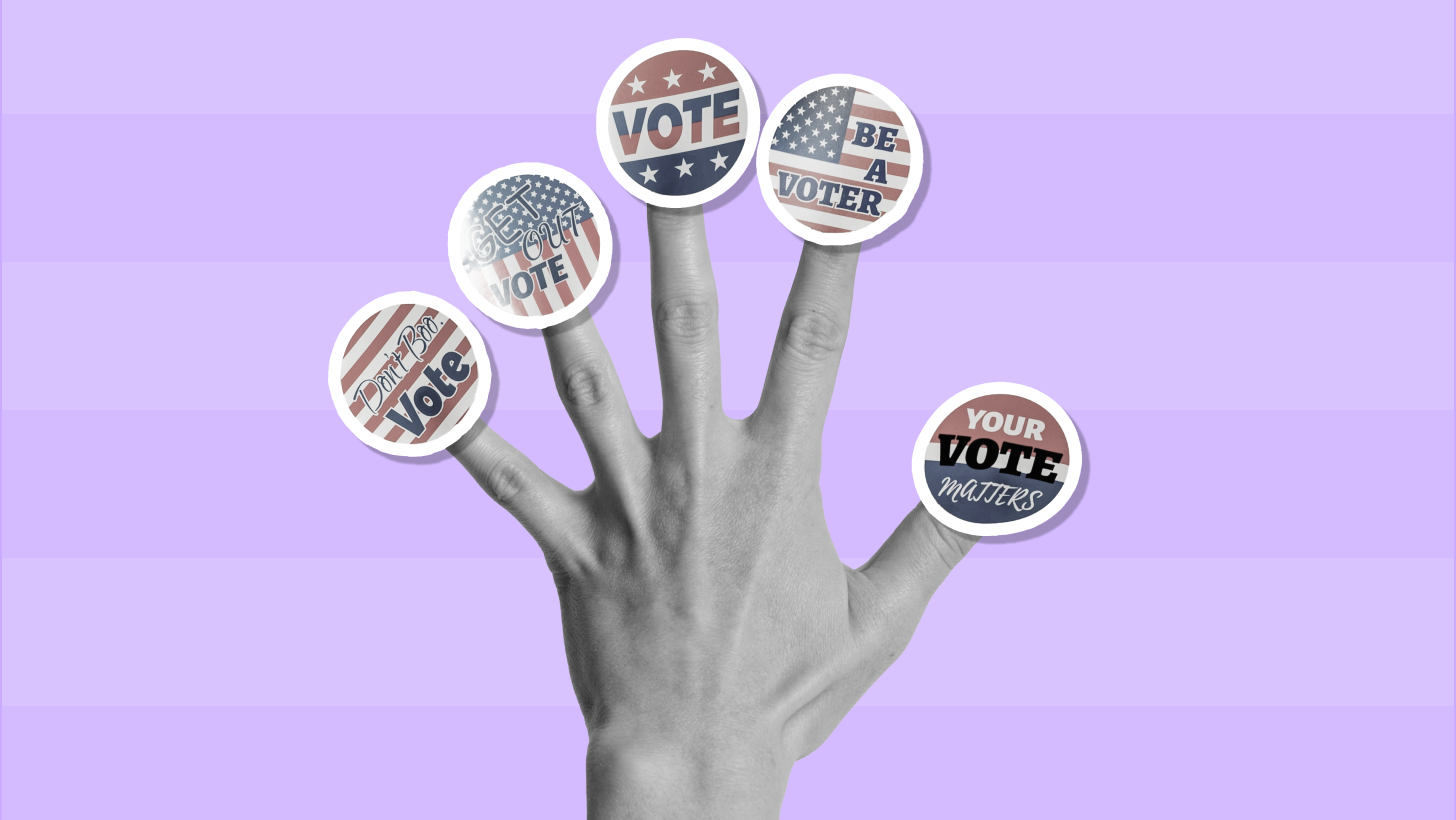Which is the biggest car in the Guinness records?



Guinness goes local: Hilarious records from across the US
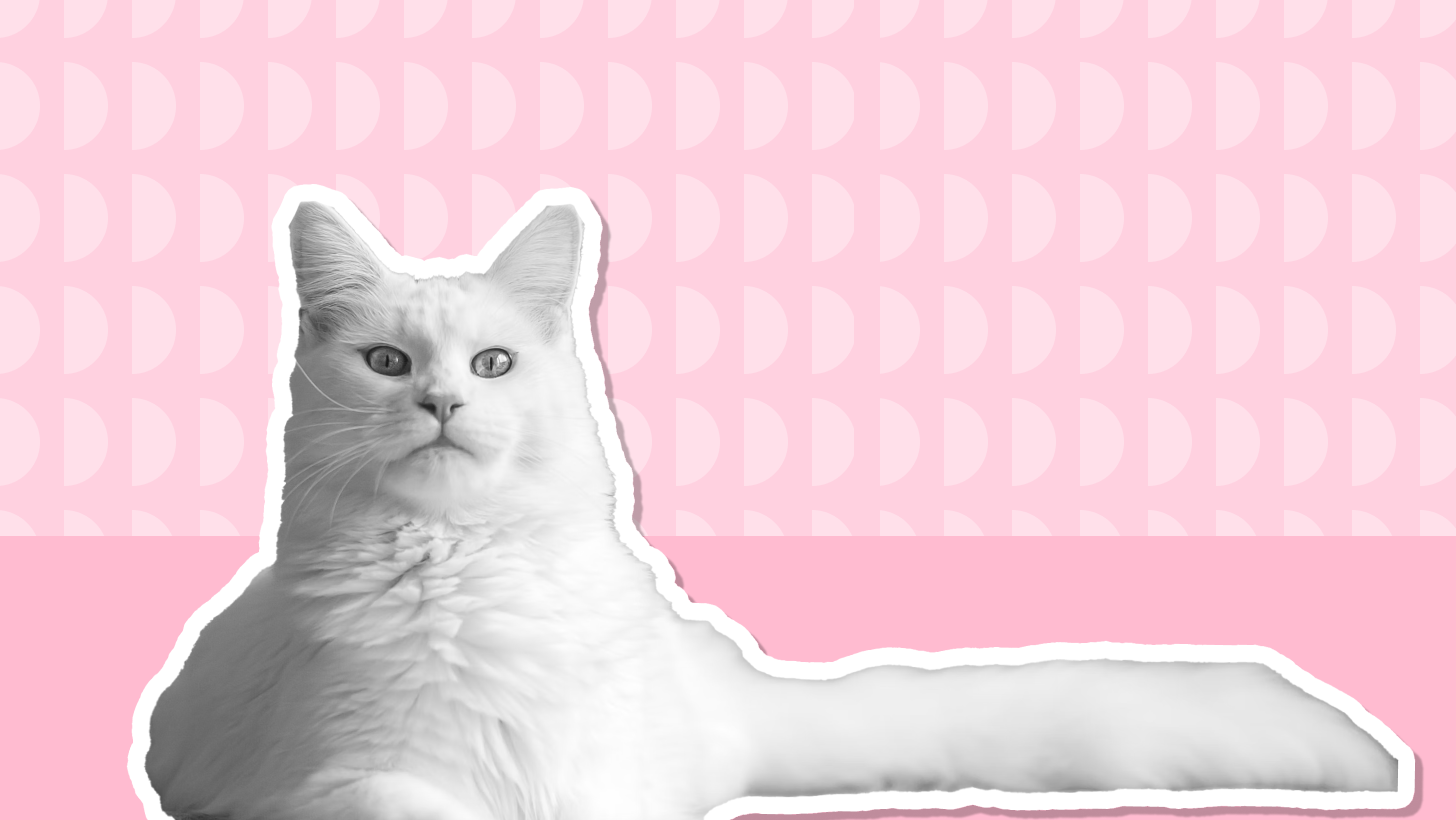
Yes, we’ve heard about the tallest and the shortest person, and we’ve even seen them side by side! And however crazy that was, that’s just the tip of the iceberg in the Guinness World Records Book. America is nothing short of contributions, so we’ve gathered some record-breaking examples from each state to amaze you!
Image: Kanashi
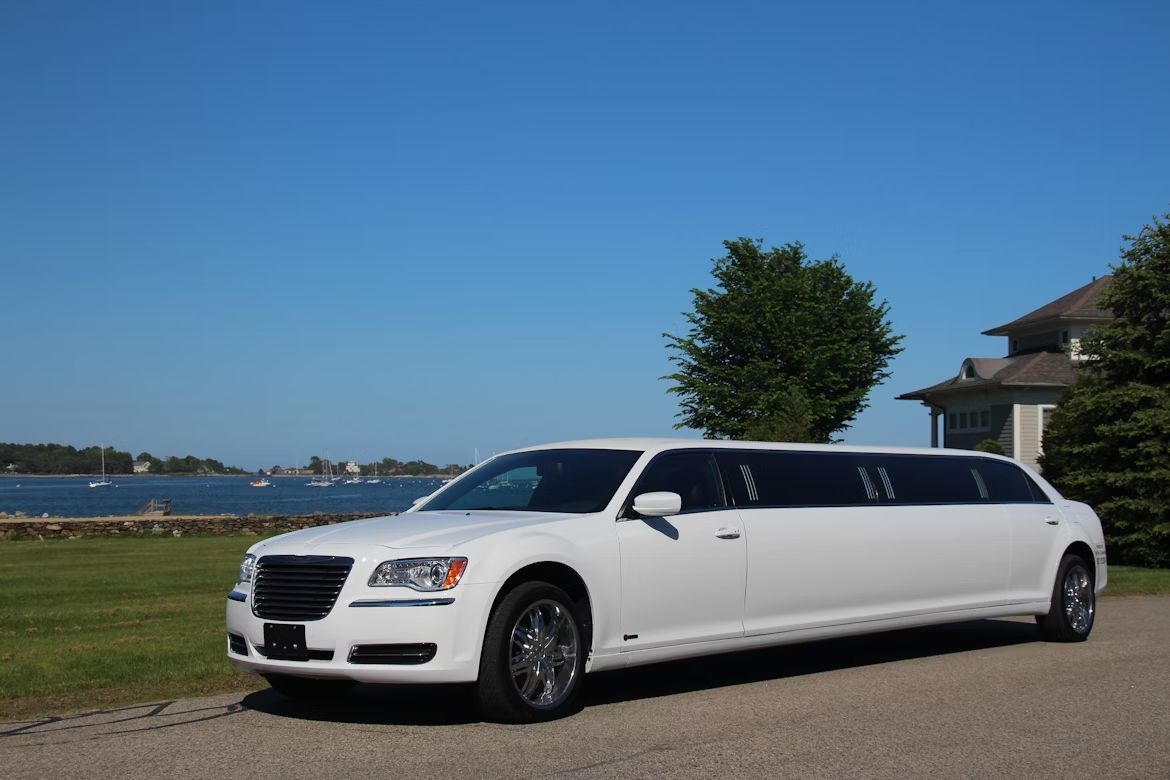
Florida: The American Dream car
Florida holds the record for the longest car in the world. Measuring a jaw-dropping 100 feet and 1.5 inches, this beast of a limousine stretches longer than a basketball court. Michael Dezer made it official at Dezerland Action Park in Orlando on March 1, 2022. It was rebuilt using parts from the original record-holding car. Wanna take a ride in it?
Image: Richard R

California: A dog on wheels—and on fire
California isn’t just home to movie stars; it’s also where a dog named Tillman made record-breaking history. In 2009, Tillman flew across 330 feet on a skateboard in just 19.67 seconds. No, that’s not a typo; it took him less than 20 seconds. No motor, just pure doggy determination.
Image: Ben Hanson

California: Pedaling across America at 67
Lynnea C. Salvo, a retired teacher, didn’t let age slow her down. At the age of 66, she hopped on a bicycle and rode all the way, completing the first transcontinental bike ride. That’s 3,163 miles of grit, sunburn, and serious calf muscles. She wrapped up her journey on October 18, 2021, landing her a spot in the record books and in our article.
Image: Tom Dillon
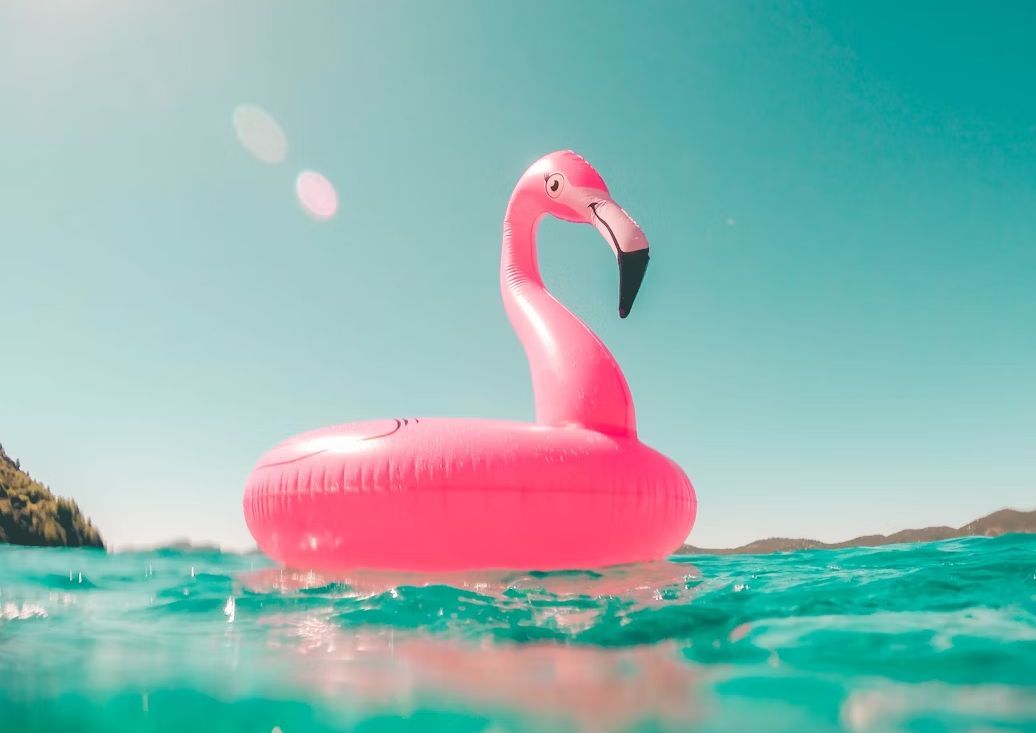
West Virginia: Flamingos, flamingos everywhere
If you’ve ever thought you liked flamingos, prepare to be humbled. Deborah Buscher Leck of Kearneysville, West Virginia, owns 2,595 flamingo-related items, making her the proud record-holder for the largest flamingo collection on Earth. It's pink, it's proud, and totally amazing!
Image: Vicko Mozara
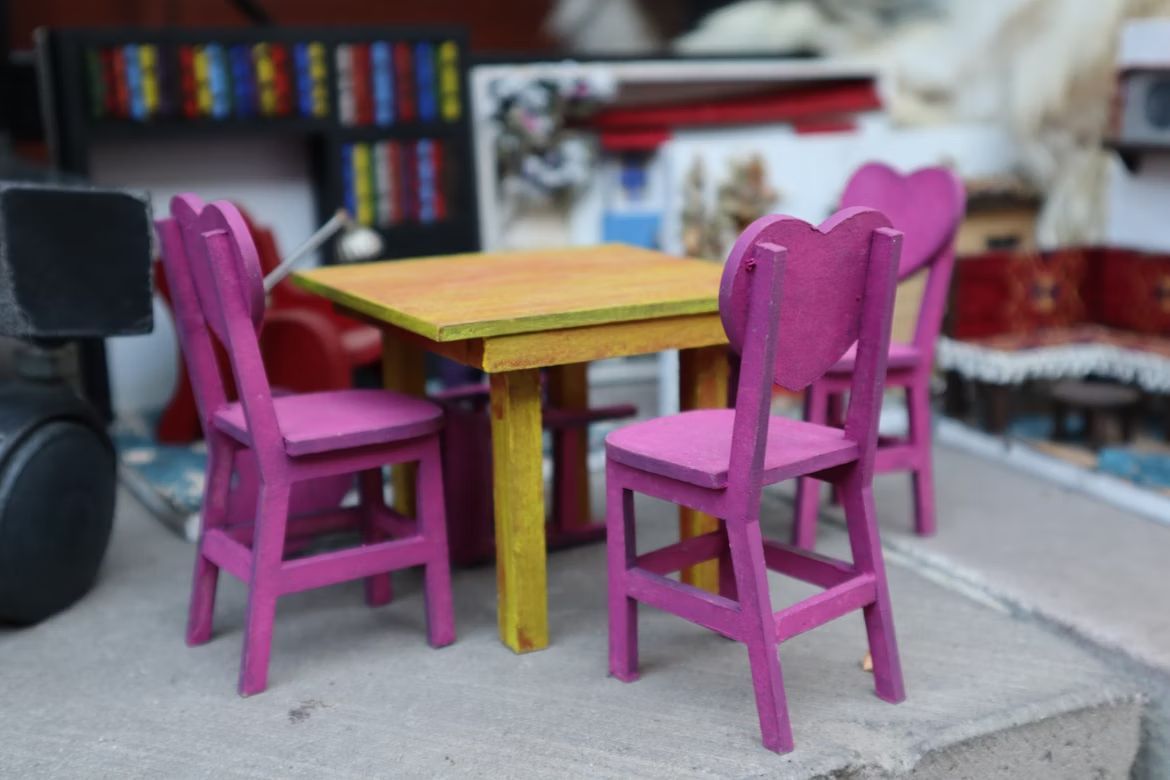
Georgia: So many tiny chairs, so little time
Barbara Hartsfield of Ellenwood, Georgia, has a thing for chairs, but only the miniature kind. She’s collected 3,000 of them, each unique and meticulously displayed. It took her more than a decade to round them up. Her collection might be tiny in size, but it’s huge in charm. Who knew a chair that fits in your hand could still have so much to give you?
Image: Haneen Alqatanani

Idaho: Hula-hooping like a champ—in the pool
David Rush of Boise doesn’t just swim—he balances a hula hoop on his head while swimming. And not just for a few seconds. He kept that hoop steady for 16 minutes and 13 seconds, setting a Guinness World Record in 2017. If multitasking were an Olympic sport, David would be bringing home the gold, you know?
Image: Thomas Park
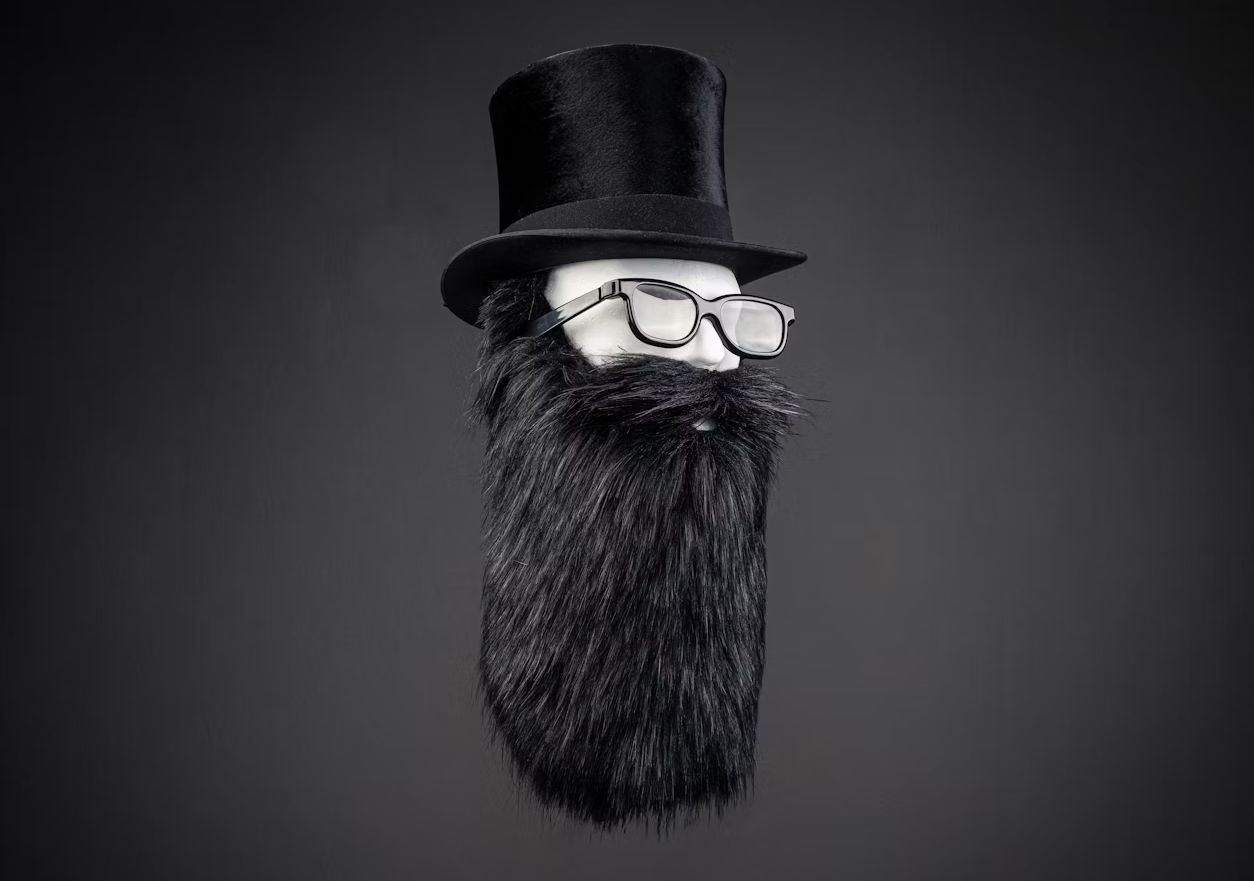
Iowa: The beard that wouldn't quit
Hans N. Langseth's beard was so legendary that it got its own posthumous world record. When he passed away in Kensett, Iowa, in 1927, his beard measured a whopping 17 feet and 6 inches long. That’s longer than most cars. His epic facial hair now lives on at the Smithsonian, preserved for curious beard fans and history buffs alike.
Image: Multi Awesome Studio
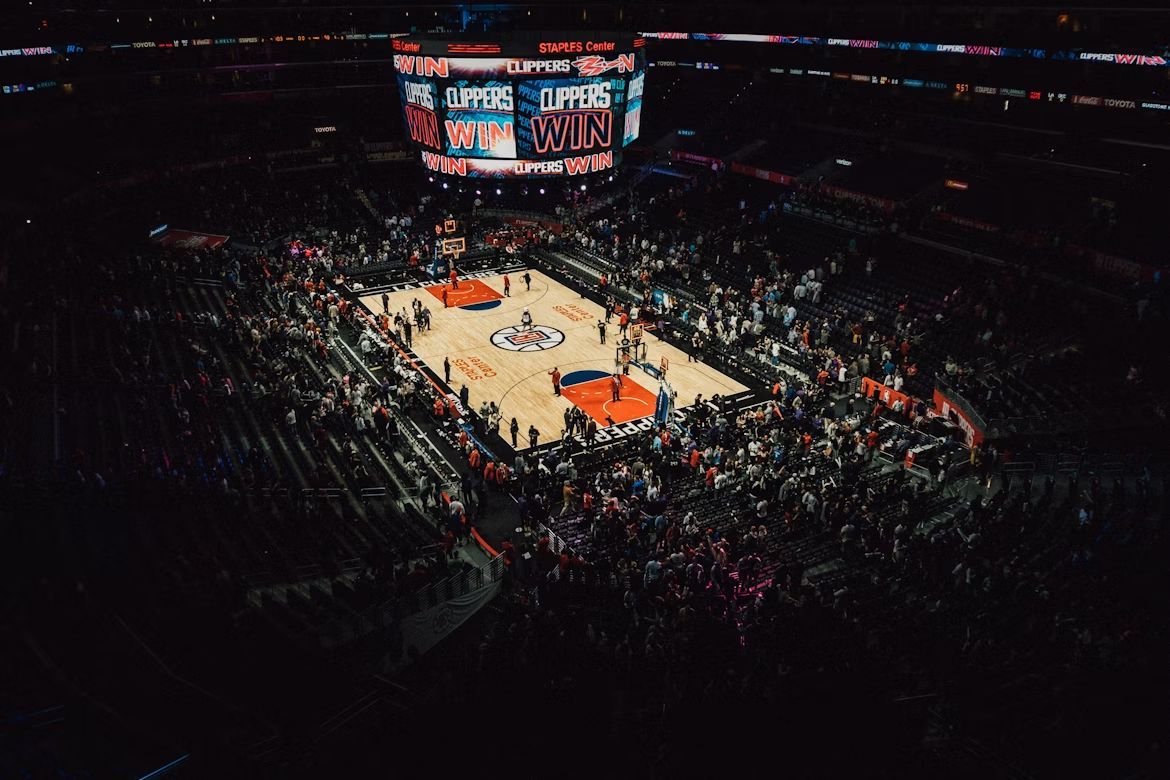
Kansas: Earsplitting basketball fans
On February 13, 2017, the University of Kansas basketball fans did something no other crowd had managed before: They screamed their heads off to hit 130.4 decibels. That’s louder than a jackhammer. That way, the Jayhawks turned Allen Fieldhouse into the loudest indoor sports arena ever recorded.
Image: Marius Christensen
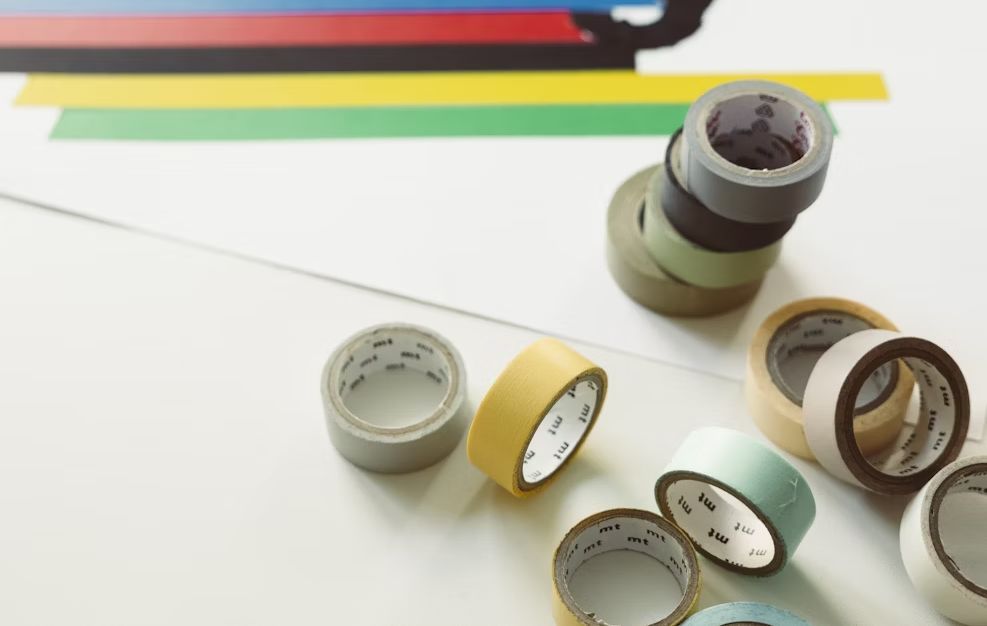
Kentucky: The tape ball to end all tape balls
Over in Louisville, the Portland Promise Center didn’t just toss out their tape; they rolled with it. They created a monstrous tape ball weighing 2,000 pounds and stretching 12 feet 9 inches around. It’s made of duct tape, packing tape, masking tape… You name it. Just don’t get too close, who knows what could happen?
Image: Markus Spiske

Maryland: Crab cake heaven
Maryland takes its crab cakes seriously. How serious? Well, on September 1, 2012, Handy International in Timonium whipped up a 300-pound crab cake. That’s the size of a vending machine, but way tastier. It’s safe to say no one left that event hungry.
Image: Andrey Stakhovskiy

Minnesota: The fluffiest tail in town
Mr. Pugsley Addams, a silver Maine Coon from Mound, has a tail that stole the show—and the record. Measuring 18.5 inches, his tail was officially the longest on a domestic cat. That’s one unforgettable feline, don’t you think?
Image: Daniel Zopf
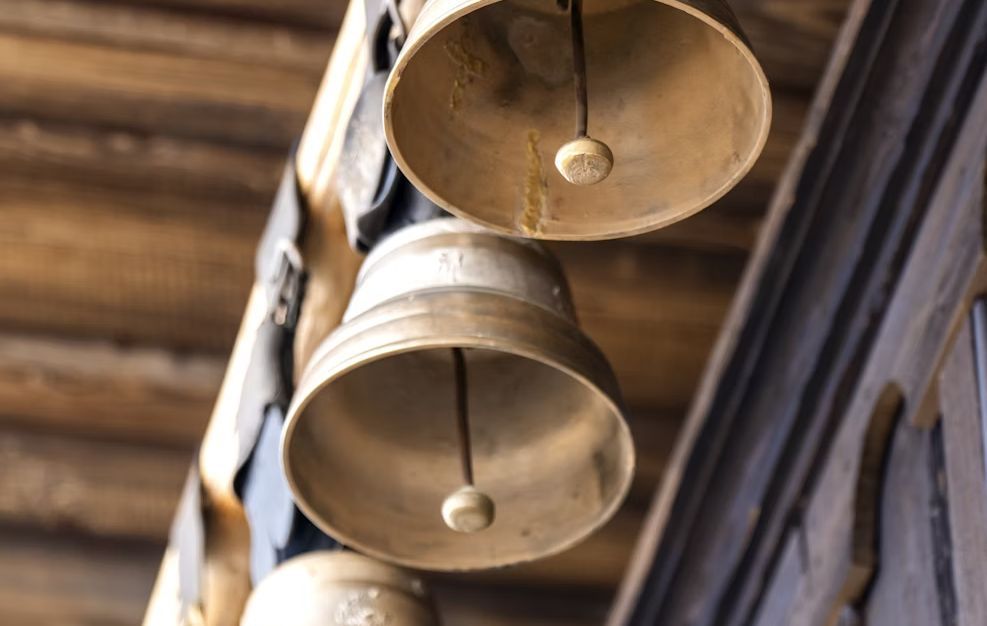
Mississippi: Cowbells ringing in unison
On September 10, 2015, the Mississippi State University Student Association gathered 5,748 people to ring cowbells at the same time. The result? A thunderous clanging that set a world record and probably made a few ears ring for days.
Image: Jamie Street

Alaska: Cabbage the size of a small car
Up in Alaska, where summer days seem to last forever, the vegetables grow big. Like, really big. Scott A. Robb set a jaw-dropping record at the Alaska State Fair with a cabbage that tipped the scales at 138.25 pounds. Scott’s no stranger to giant greens; he’s also grown record-holding turnips. There must be something in that Alaskan soil (or perhaps just a lot of fertilizer).
Image: Arnaldo Aldana
 All American
All American
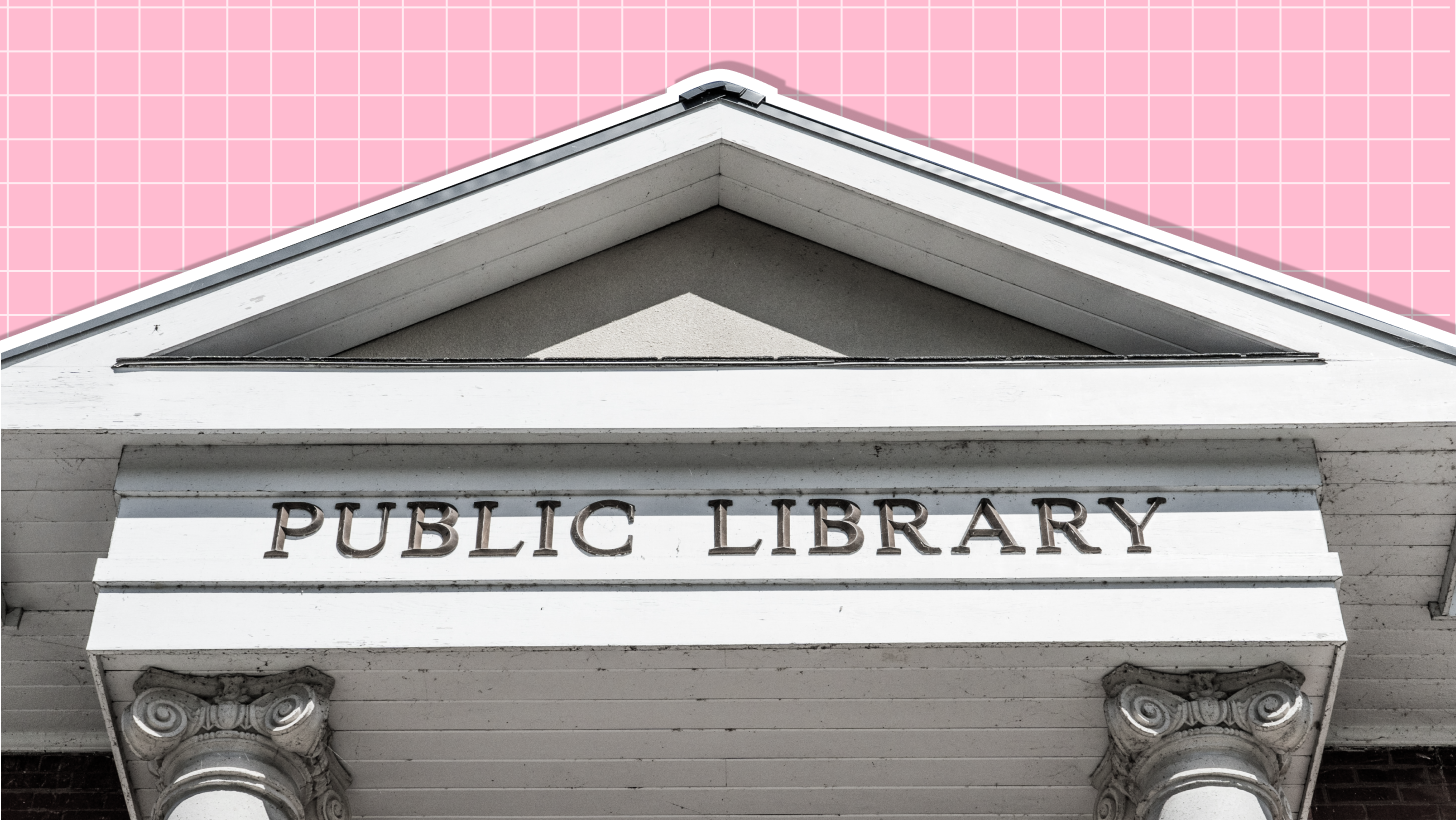

 Stories
Stories
